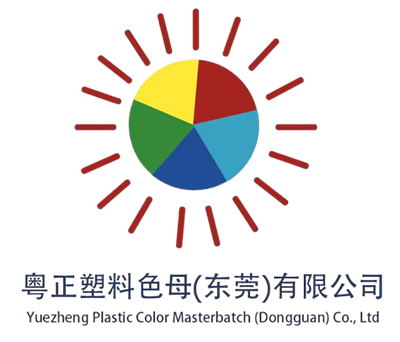Have you ever wrestled with the question of what types of plastics we use in our daily lives? They’re even in the toys we play with, such as food containers, plastic bags, and other products. One of the most common types of plastic is PE. PE is short for polyethylene, a type of plastic that is made out of small pieces called ethylene molecules. These molecules are building blocks that can link together in long chains to form the plastic we use every day.
PE actually comes in three different sub-types, LDPE, HDPE, and LLDPE. These all have a specific name and various features. For example, “LDPE is low-density polyethylene and means that it is less dense or light than the other types. HDPE, or high-density polyethylene, is stronger and denser. Finally, LLDPE is linear low-density polyethylene and has the properties of both LDPE and HDPE. Due to its distinct properties, each variety of PE plastic is utilized for separate ends once it is cool.
One more advantage of PE plastic is it's recyclable. Conversely, recycling is crucial as it is a way of protection to our environment. This means that, instead of being disposed of, this PE plastic can be used to create new products if we recycle it. In order to limit waste and reduce the need for oil, trees, and other natural resources, many companies have started producing their products from recycled PE plastic. This is an awesome way to give back to our planet!
We come across LDPE and HDPE which are two of the most common types of PE plastic. LDPE is more flexible and less dense than HDPE. This versatility is what makes LDPE a great material for products like plastic bags and food containers, which need to bend and stretch, but not break. In contrast HDPE is significantly hard and rigid. This strength makes it ideal for products that must endure stress, such as milk jugs and plastic piping.
Each of these types of PE plastic has advantages and disadvantages. Being easy to mold into various shapes, LDPE is the reason so many products are made from it. But it is softer, so it rips or punctures more easily than other kinds. HDPE is strong and more durable than LDPE, so it is used in heavy-duty tasks, but it can be more difficult to work with and mold into various shapes.
One more significant aspect of the uniqueness of HDPE is its high-temperature accommodation. This means it could be used in products such as plastic pipes and containers that must remain safe at very high temperatures. HDPE is also widely used in the chemical industry due to its strength and heat resistance. It is commonly employed to manufacture tanks for chemicals and equipment as well, making it safe in many ways.
Most LDPE will be a high-grade plastic, such as generally available in the market– high density polyethylene or LDPE grade plastics. It’s excellent for things that must bend and stretch without snapping. HDPE can be a superior solution if you need a strong, tough plastic. It is excellent for products that need to withstand abuse. And if you need a plastic that is tolerant to chemicals, LLDPE could be the right route.

Copyright © Yuezheng Plastic Color Masterbatch (Dongguan) Co., Ltd. All Rights Reserved